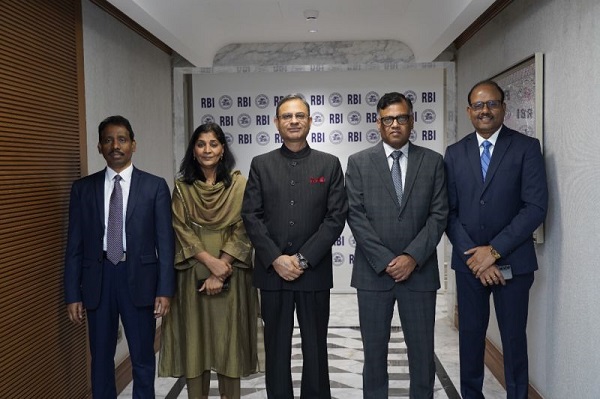.png)
March 12, 2025 at 12:44 PM IST
India’s retail inflation fell to 3.61% in February, the lowest since July and below the RBI’s 4% target, driven by a sharp drop in vegetable prices. This print strengthens the case for a successive 25-basis-point rate cut.
The inflation rate was also lower than the 3.9% consensus forecast by most media organisations. Inflation stood at 4.26% in January and 5.09% a year ago.
Food inflation slowed to 3.75% from 6.02% in January, led by an 11.20% month-on-month decline in vegetable prices and a 5.34% drop in egg prices. The pulses index contracted by 3.63%. Food and beverages, which hold a dominant share in the CPI basket, were the key driver of the overall decline.
For the first time this fiscal year, core inflation exceeded the headline number. A quick calculation estimated core inflation—which excludes food and fuel—at 4.0%, up from 3.7% in January, its highest since November 2023.
A section within the government has been pushing for the Monetary Policy Committee to shift its focus towards core inflation rather than the headline number.
The CPI index fell 0.5% month-on-month to 193.5.
In February, the MPC lowered its policy rate by 25 basis points to 6.25%, citing a favourable inflation trajectory that allowed for monetary easing. That marked the first rate cut in five years. However, global uncertainties prevented a shift to an accommodative stance, a prerequisite for deeper cuts.
Despite this caution, the Committee may opt for another rate reduction in April, as growth concerns take precedence. India’s GDP expanded 6.2% in October-December, with a forecast of 6.5% for 2024-25. This implies that April-June growth must accelerate to at least 7.5% to meet projections.
The government has made it clear that the onus of supporting growth lies with the central bank, arguing that its fiscal deficit target of 4.4% for 2025-26 has created space for monetary easing.
Industrial Production
Industrial growth picked up pace, rising to 5.0% in January from 3.2% in December, driven by a resurgence in manufacturing.
The manufacturing sector grew 5.5% in January, while mining expanded by 4.4%. Electricity output, however, remained sluggish, inching up just 2.4%.



